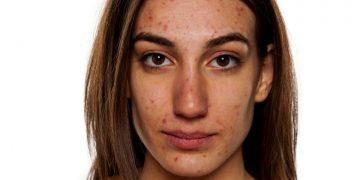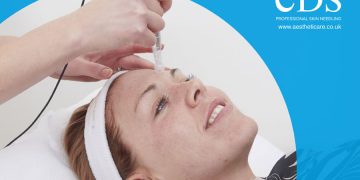Acne Treatment
Acne vulgaris is one of the most frequently treated illnesses in dermatology practice. It is primarily an illness of the sebaceous gland follicles, which are located predominantly on the face, back and chest. At first, they create non-inflammatory blackheads, but later a series of inflammatory lesions such as papules, pustules and lumps can also develop.
This “common acne” is caused by increased androgen levels during puberty and subsides when the patient enters their thirties at the latest.
Acne inversa
A less common and more severe disease is acne inversa. It is an illness of skin appendages that starts in the sebaceous glands and has a secondary effect on the apocrine perspiratory glands. Areas particularly susceptible including axilla and the groin-pubic region, up to and including the gluteal region. It affects the back and stomach less frequently and very rarely affects otherwise typical acne regions, such as the face.

About Your Free Consultation
Firstly we will assess your skin carefully and ask you a range of questions to discover the best course of acne treatment for you. If you are taking any medications or have done in the past we would ask you to bring the name of them along, as some medications can contra-indicate certain treatments.
Previous history with regards to acne is very important in establishing the best course of acne treatment for you. In some severe cases of acne your practitioner may feel it necessary to refer you to a consultant dermatologist.
Book a Free Consultation Here

Chemical Peels
The exfoliation from an acne chemical peel eliminates or reduces the appearance of acne blemishes & scars.
Read more
Dermablate Fractional Laser
The Dermablate® is the highest-performing Er:YAG fractional laser for high-precision skin resurfacing
Read more
Skin Needling
Simply Skin Now Offer EDS Rejuvenate Skin Needling! regenerate and repair naturally, resulting in smoother, brighter, younger and healthier …
Read more